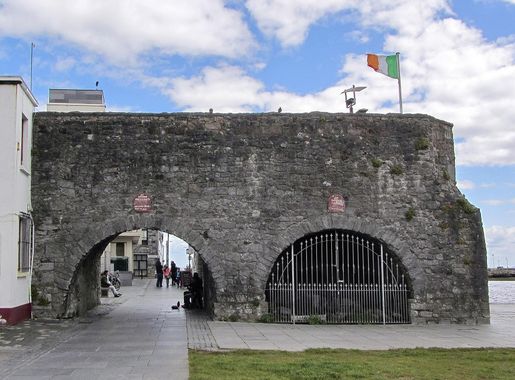
Galway: The Heart of Ireland's West Coast
Discover the vibrant culture, stunning landscapes, and warm hospitality of Galway, Ireland's jewel on the west coast.
Nestled on Ireland's rugged west coast, Galway is a city that exudes charm and vibrancy. With its colorful streets, lively pubs, and rich cultural heritage, Galway is a must-visit destination for any traveler. The city is known for its friendly locals, who are always eager to share a story or two. Wander through the Latin Quarter, and you'll find a mix of boutiques, cafes, and art galleries that give the city its unique character. Galway is also a gateway to some of Ireland's most stunning landscapes. Just a short drive away, you'll find the dramatic cliffs of the Aran Islands, the serene beauty of Connemara, and the awe-inspiring Cliffs of Moher. Whether you're interested in history, nature, or simply soaking up the local atmosphere, Galway has something to offer. The city's calendar is packed with festivals and events, from the famous Galway International Arts Festival to the lively Galway Races. Music is a vital part of life here, and you're likely to stumble upon live performances in the city's many pubs. Be sure to try some traditional Irish dishes, like seafood chowder or a hearty Irish stew, to complete your Galway experience.
Local tips in Galway
- Visit during the Galway International Arts Festival in July for a unique cultural experience.
- Take a day trip to the Aran Islands for stunning views and a glimpse into traditional Irish life.
- Explore the Latin Quarter for shopping and dining in the heart of the city.
- Don't miss the chance to hear live traditional Irish music in one of Galway's many pubs.
- Try the local seafood, especially the oysters, which are a specialty in Galway.
- Book accommodations early if you're planning to visit during peak festival times.
Galway: The Heart of Ireland's West Coast
Nestled on Ireland's rugged west coast, Galway is a city that exudes charm and vibrancy. With its colorful streets, lively pubs, and rich cultural heritage, Galway is a must-visit destination for any traveler. The city is known for its friendly locals, who are always eager to share a story or two. Wander through the Latin Quarter, and you'll find a mix of boutiques, cafes, and art galleries that give the city its unique character. Galway is also a gateway to some of Ireland's most stunning landscapes. Just a short drive away, you'll find the dramatic cliffs of the Aran Islands, the serene beauty of Connemara, and the awe-inspiring Cliffs of Moher. Whether you're interested in history, nature, or simply soaking up the local atmosphere, Galway has something to offer. The city's calendar is packed with festivals and events, from the famous Galway International Arts Festival to the lively Galway Races. Music is a vital part of life here, and you're likely to stumble upon live performances in the city's many pubs. Be sure to try some traditional Irish dishes, like seafood chowder or a hearty Irish stew, to complete your Galway experience.
When is the best time to go to Galway?
Iconic landmarks you can’t miss
Eyre Square
Discover Eyre Square, Galway's vibrant urban park, rich in history, culture, and natural beauty, perfect for relaxation and exploration.
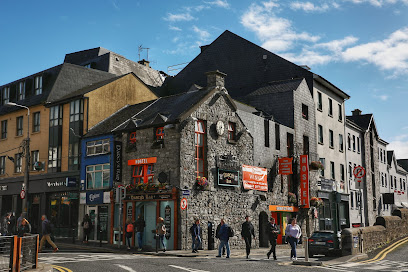
Spanish Arch
Immerse yourself in the rich history and stunning views of the Spanish Arch, a beloved landmark in Galway that embodies the city's maritime legacy.
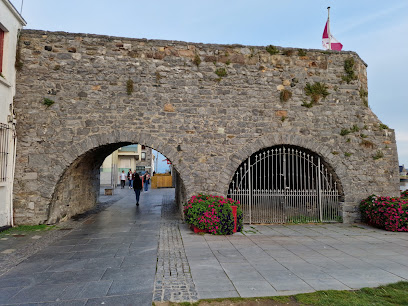
Galway Cathedral
Explore the stunning Galway Cathedral, a masterpiece of architecture and a serene retreat in the heart of Ireland's cultural capital.
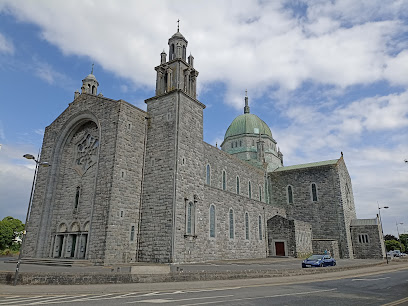
Galway City Museum
Discover the vibrant history and culture of Galway at the City Museum, where every exhibit tells a story of the city's rich heritage.
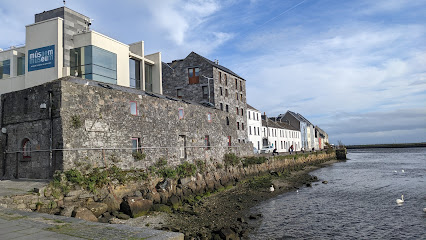
Great Escape Rooms
Experience the thrill of adventure at The Great Escape Rooms in Galway - where puzzles and teamwork create unforgettable moments.
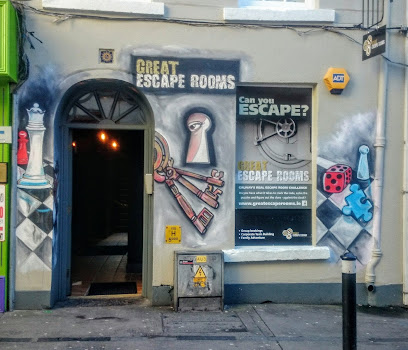
Lally Tours - Day Tours, City Tours and Extended Tours along the West Coast of Ireland
Experience the breathtaking West Coast of Ireland with Lally Tours, your gateway to unforgettable adventures in Galway.
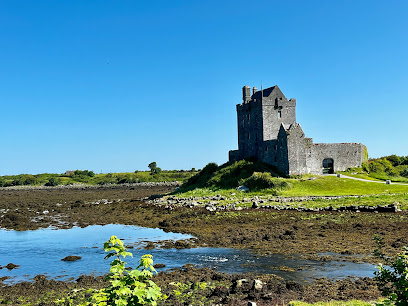
The Latin Quarter
Explore the vibrant heart of Galway at The Latin Quarter, where history meets contemporary culture in a captivating atmosphere.
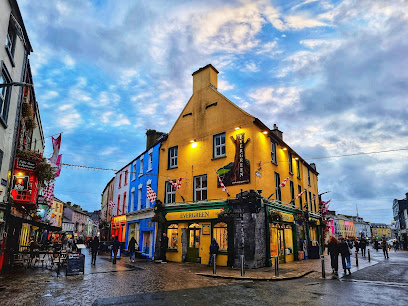
Aughnanure Castle
Explore Aughnanure Castle: A mesmerizing historical landmark in Co. Galway, steeped in rich heritage and stunning landscapes.
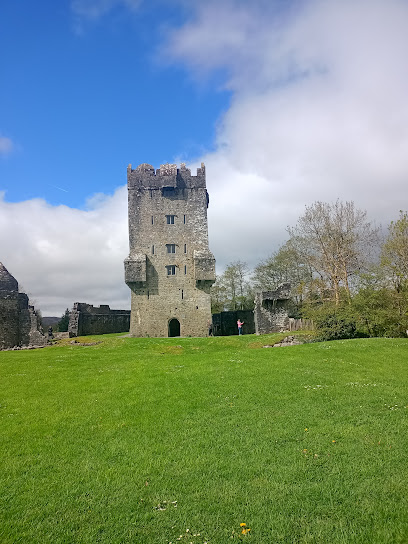
Menlo Castle
Explore Menlo Castle, a historic gem in County Galway, offering stunning views and rich Irish heritage amidst picturesque landscapes.
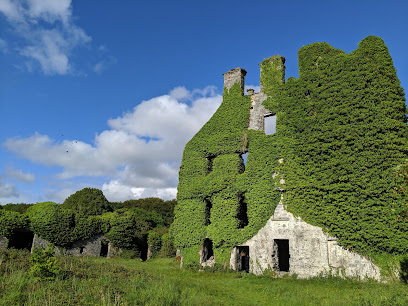
Tribes Tours Galway - Free Walking Tour & Pub Crawl
Experience Galway like a local with Tribes Tours' insightful walking tours and lively pub crawls through the heart of this vibrant city.
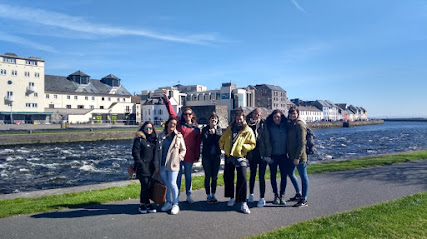
Galway Tour Company
Discover Galway’s stunning landscapes and vibrant culture with personalized tours from Galway Tour Company, your ultimate guide to exploring Ireland.

Saint Nicholas' Collegiate Church
Explore the rich history and stunning architecture of Saint Nicholas' Collegiate Church, a 14th-century gem in the heart of Galway.
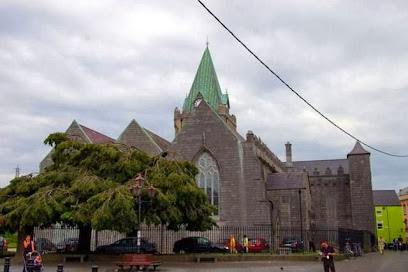
Corrib Princess
Explore the breathtaking landscapes of Galway and enjoy a relaxing cruise on the scenic Corrib Princess, a must-visit attraction for all tourists.
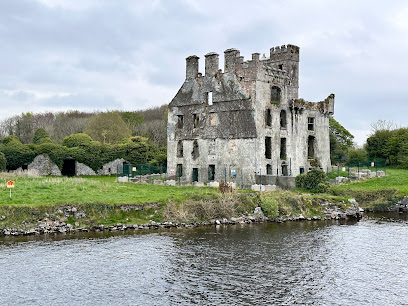
ZhivagoGifts.ie
Explore Zhivago Gifts in Galway for unique souvenirs, vibrant music, and festive decorations, a perfect stop for every traveler.
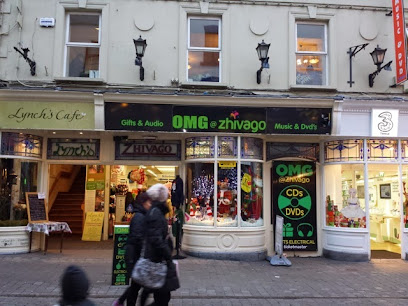
Galway Market
Experience the vibrant Galway Market, a cultural hub showcasing local crafts, fresh produce, and live music in the heart of Galway, Ireland.
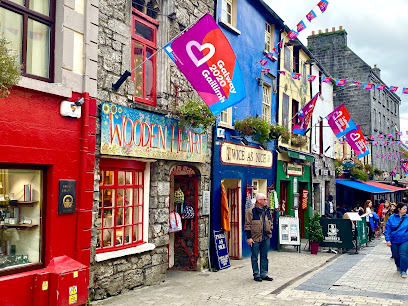
Unmissable attractions to see
Spanish Arch
Discover the Spanish Arch, a stunning historical landmark in Galway that embodies the city's rich maritime history and vibrant culture.
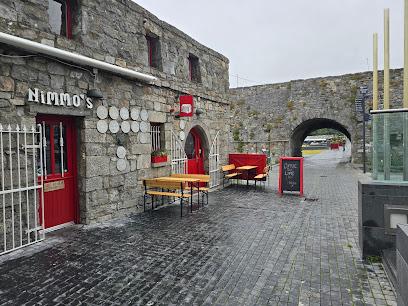
Galway Cathedral
Discover the stunning Galway Cathedral, a masterpiece of architecture and spirituality in the heart of Galway, Ireland.

Dunguaire Castle
Discover Dunguaire Castle, a captivating 16th-century fortress on the shores of Galway Bay, blending rich history with stunning natural beauty.
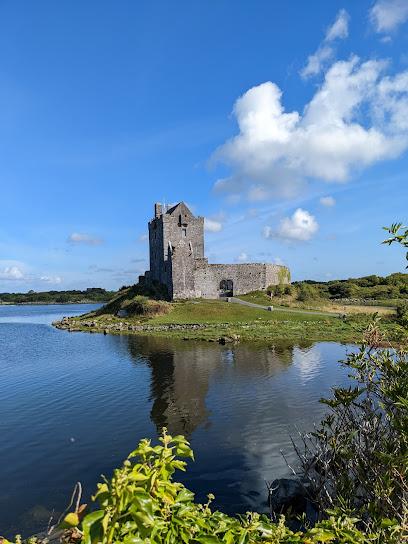
Aillwee Burren Experience
Explore the breathtaking beauty and geological wonders of the Aillwee Burren Experience in Co. Clare, Ireland.
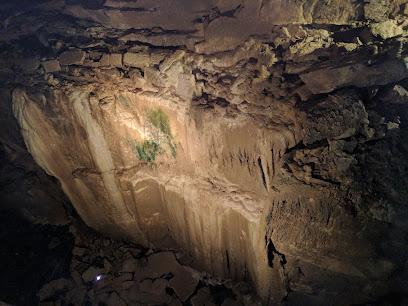
An Púcán
Discover the heart of Galway at An Púcán, where traditional Irish hospitality meets modern culinary delights and vibrant live music.
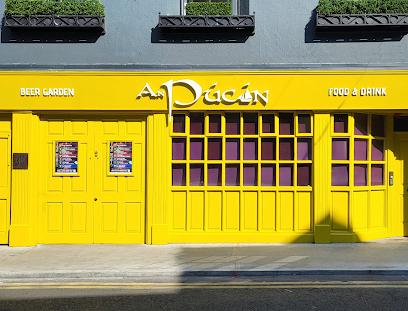
Ashford Castle
Discover the enchanting Ashford Castle, a luxurious five-star resort in County Mayo, where history meets modern elegance amid breathtaking landscapes.
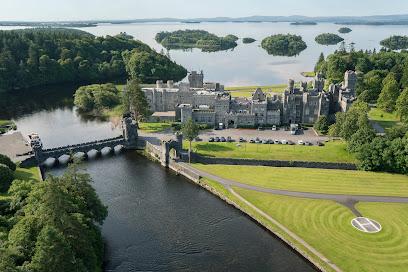
Poulnabrone Dolmen
Explore the ancient Poulnabrone Dolmen in Co. Clare, a remarkable portal tomb surrounded by the stunning landscape of the Burren.
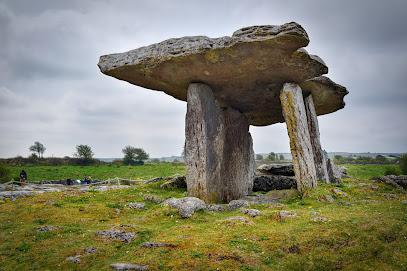
Lahinch Beach
Discover the beauty of Lahinch Beach, a top destination for surfers and sunbathers on Ireland's breathtaking west coast.

O'Connor's Famous Pub
Discover O'Connor's Famous Pub in Salthill, Galway—where traditional Irish charm meets lively entertainment and delicious cuisine.
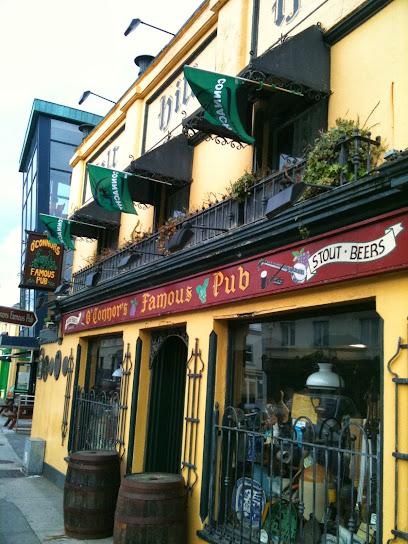
Galway City Museum
Explore the captivating history and vibrant culture of Galway at the Galway City Museum, a must-visit destination for tourists.

Tigh Neachtain
Experience the heart of Galway at Tigh Neachtain, a traditional Irish pub offering local brews, hearty meals, and live music in a warm atmosphere.
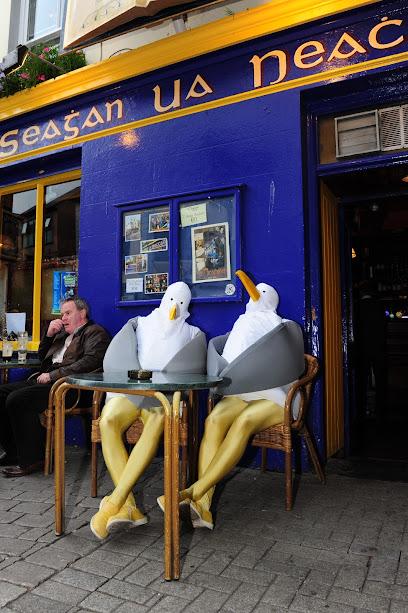
Róisín Dubh
Discover the heart of Galway's nightlife at Róisín Dubh, a live music venue and pub featuring local talent and a vibrant atmosphere.
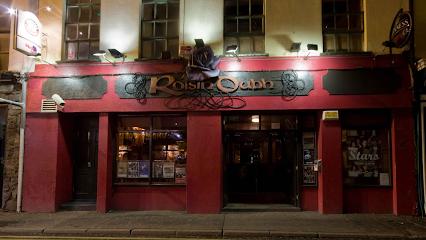
The Burren Perfumery
Explore the aromatic world of The Burren Perfumery, where nature's essence meets artisanal craftsmanship in the heart of Co. Clare.
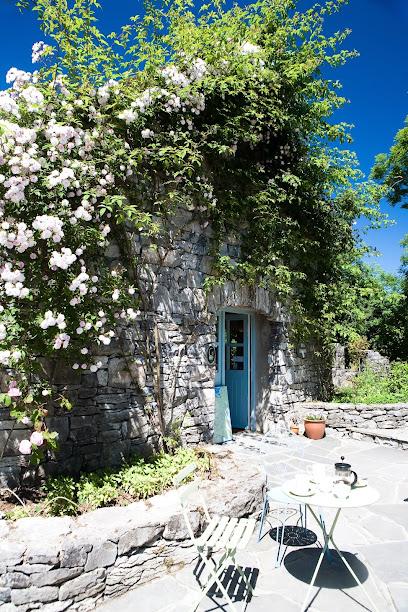
Burren National Park
Explore Burren National Park, a unique blend of limestone landscapes, rich wildlife, and ancient history in the heart of County Clare, Ireland.
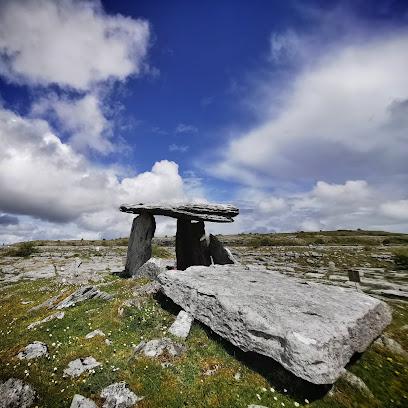
Hazel Mountain Chocolate
Experience the exquisite craftsmanship of Hazel Mountain Chocolate in Bellharbour, where every bite is a journey into the heart of Irish chocolate-making.
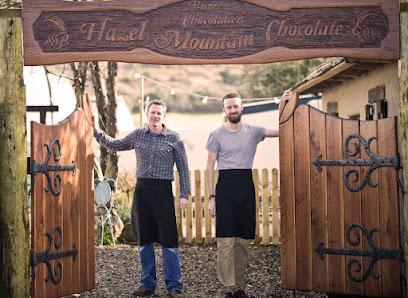
Essential places to dine
The Dough Bros
Discover unique pizza offerings at The Dough Bros in Galway - where fresh local ingredients meet artisan craftsmanship.
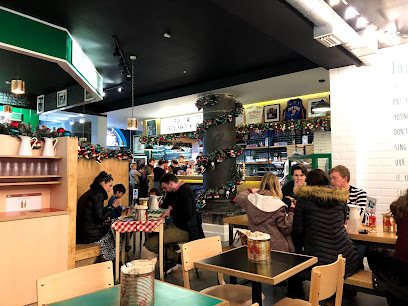
McSwiggans Steak + Seafood Restaurant
Experience the finest steaks and freshest seafood at McSwiggans Steak + Seafood Restaurant in Galway, where culinary excellence meets Irish hospitality.
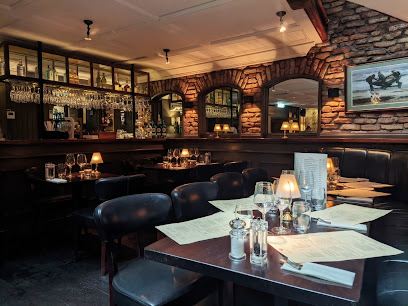
Hooked
Experience the best of Galway's seafood at Hooked - where freshness meets flavor in every bite.
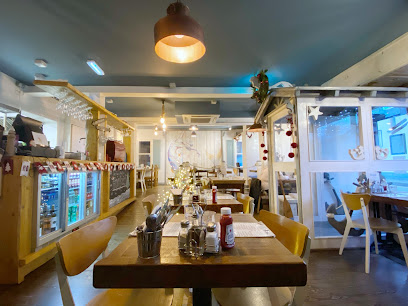
Brasserie On The Corner
Experience exquisite seafood and cocktails at Brasserie On The Corner in Galway - a must-visit for every food lover!

Da Roberta's Ristorante & Pizzeria
Experience authentic Italian flavors at Da Roberta's Ristorante & Pizzeria in Galway - perfect for families and food lovers alike.

The Quay Street Kitchen
Experience authentic Irish flavors at The Quay Street Kitchen in Galway - where tradition meets modern dining with delightful gluten-free options.
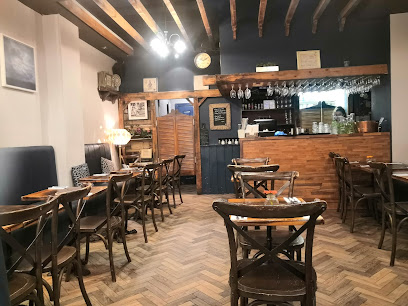
Dela Restaurant
Experience modern Irish cuisine at Dela Restaurant in Galway - where fresh local ingredients meet innovative cooking.
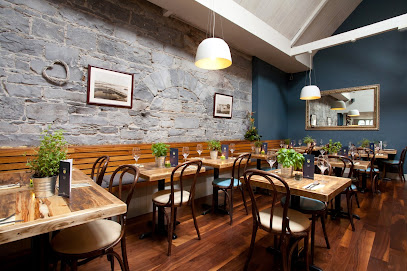
The Cellar
Experience the best of Galway at The Cellar – where delectable dishes meet vibrant nightlife in a charming gastropub setting.

Busker Brownes
Discover Busker Brownes in Galway: A lively gastropub offering delicious cuisine and vibrant atmosphere perfect for socializing.

The Galleon Restaurant
Discover family-friendly dining at The Galleon Restaurant in Galway – where delicious food meets warm hospitality in a cozy atmosphere.
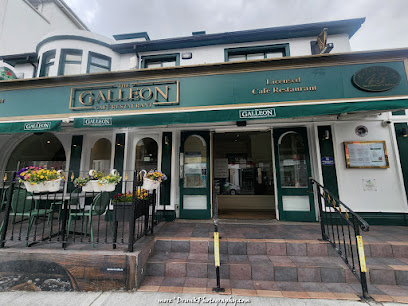
Cava Bodega
Experience the vibrant flavors of Spain at Cava Bodega in Galway, where tapas meet traditional European cuisine for an unforgettable dining adventure.
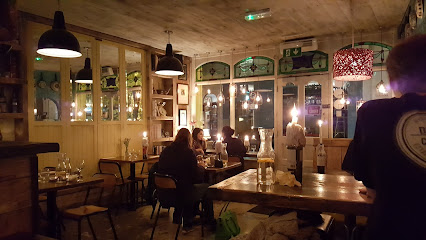
Ard Bia at Nimmos
Discover the flavors of Ireland at Ard Bia at Nimmos in Galway – where tradition meets innovation in every dish.
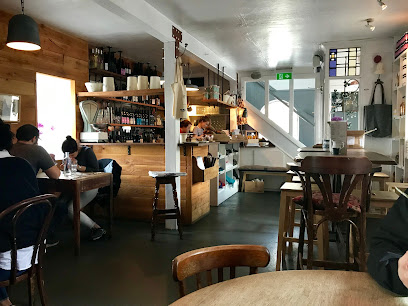
Kai Restaurant
Discover the exquisite flavors of Ireland at Kai Restaurant, where local ingredients meet culinary artistry in the heart of Galway.
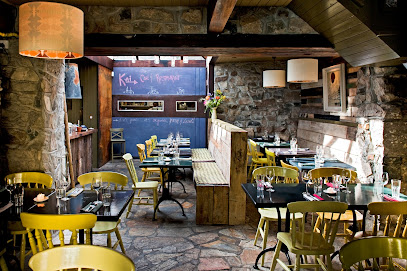
John Keogh's Gastropub
Experience the best of Irish cuisine at John Keogh's Gastropub in Galway – where tradition meets modern flavors in a vibrant atmosphere.

Italian Restaurant Galway - VENICE
Savor the essence of Italy at VENICE Italian Restaurant in Galway with authentic dishes and warm hospitality.
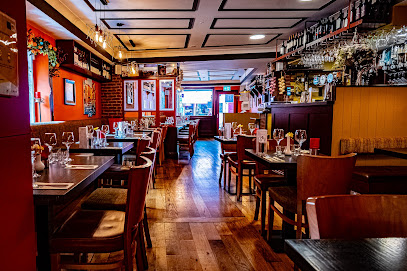
Markets, malls and hidden boutiques
Eyre Square Centre
Discover Eyre Square Centre, Galway's vibrant shopping hub with diverse stores, delightful dining, and a taste of local culture.

Galway Shopping Centre
Discover a shopping paradise at Galway Shopping Centre, featuring a diverse range of stores, delightful dining options, and family-friendly entertainment.
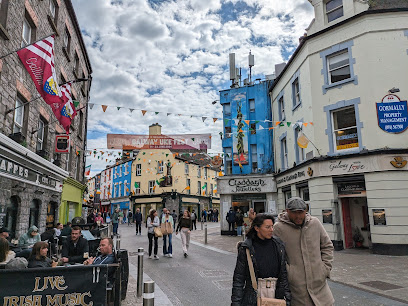
Charlie Byrne's Bookshop
Discover the captivating world of books at Charlie Byrne's Bookshop, Galway's beloved literary destination for readers of all ages.
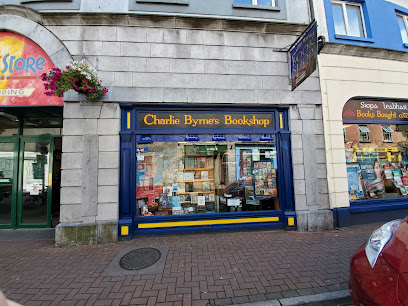
Home Store + More
Explore Home Store + More in Galway for an extensive range of home goods and decor that captures the essence of Irish design.
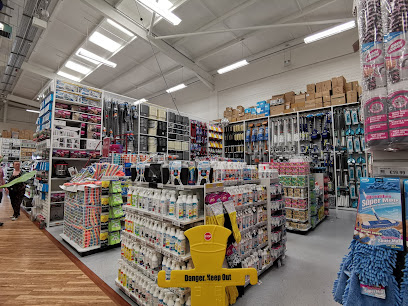
Dealz
Explore Dealz in Galway for unbeatable prices on clothing, household goods, and everyday essentials, all in one convenient location.
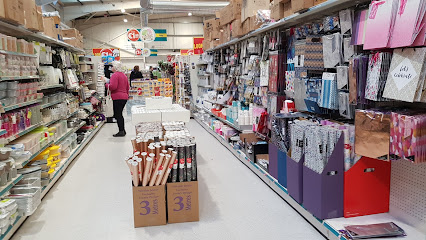
Galway Irish Crystal
Explore Galway Irish Crystal, a premier gift shop in Galway, where exquisite craftsmanship meets the charm of Irish heritage.
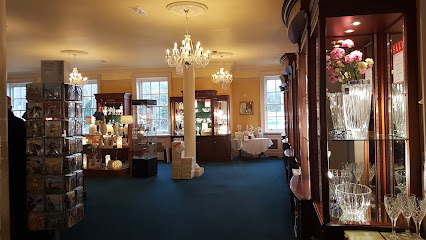
Corbett Court Shopping Centre
Experience the lively vibe of Corbett Court Shopping Centre in Galway, where shopping, dining, and entertainment converge for a delightful day out.
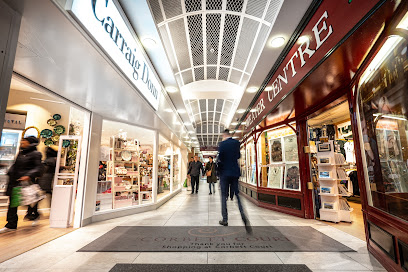
Corrib Shopping Centre
Discover diverse shopping and delightful dining at Corrib Shopping Centre, a vibrant hub in the heart of Galway, Ireland.
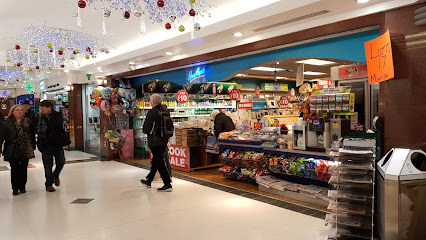
Brown Thomas Galway
Discover luxury shopping at Brown Thomas Galway, featuring exclusive designer brands and exceptional service in the heart of Ireland's cultural capital.
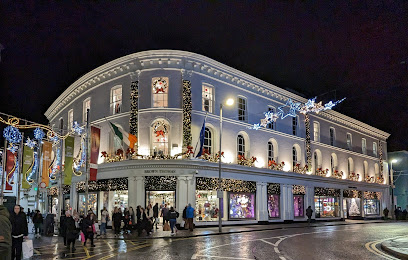
Gateway Shopping Park
Explore Gateway Shopping Park in Galway for a delightful shopping experience featuring top brands and a vibrant local atmosphere.
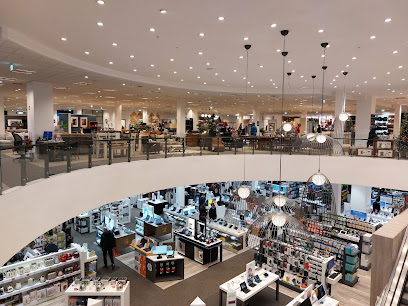
ZhivagoGifts.ie
Explore the enchanting Zhivago Gifts in Galway for unique treasures, music records, and delightful Christmas decorations, capturing the essence of Irish charm.
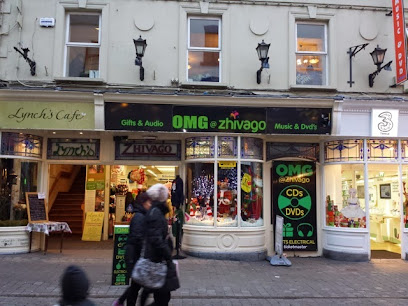
Knitwits & Crafty Stitchers
Discover a treasure trove of yarn, fabric, and crafting supplies at Knitwits & Crafty Stitchers in Galway, where creativity comes alive.
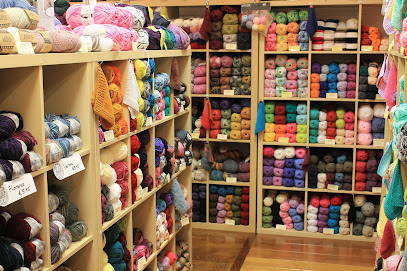
Anthony Ryans Homestore
Explore the unique offerings of Anthony Ryans Homestore in Galway, showcasing quality home goods, linens, and kitchen supplies with a touch of Irish charm.

Portwest Ireland - The Outdoor Shop (Galway)
Discover outdoor clothing and gear at Portwest Ireland - The Outdoor Shop, Galway's go-to destination for all your adventure needs.
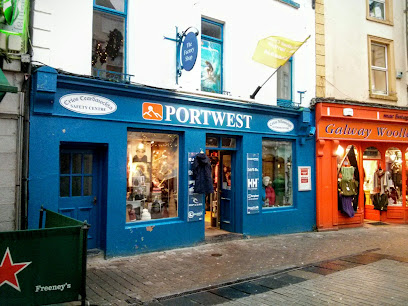
Aran Sweater Market
Explore the Aran Sweater Market in Galway for authentic Irish knitwear and experience the rich craftsmanship of Ireland in every stitch.
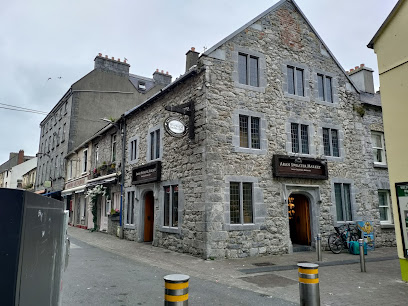
Essential bars & hidden hideouts
An Púcán
Discover the heart of Galway at An Púcán, a vibrant gastropub offering delicious Irish cuisine, live music, and an extensive drinks menu.

The Skeff Bar
Discover Galway's culinary gem at The Skeff Bar, where traditional pub culture meets modern grill delights in a vibrant atmosphere.

The Quays Bar and Restaurant
Experience the heart of Galway at The Quays Bar and Restaurant, where culinary delights meet vibrant live music in a charming atmosphere.
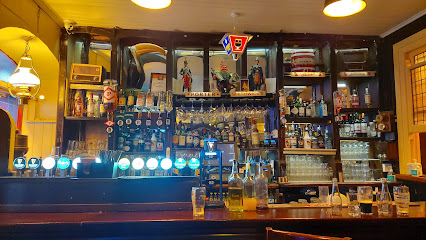
The Front Door Pub
Experience the heart of Galway at The Front Door Pub, a lively hub of Irish culture, music, and delicious fare, perfect for every traveler.
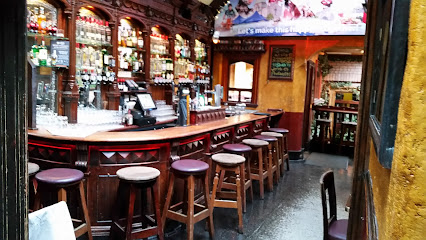
O'Connell's Bar
Experience the vibrant atmosphere of O'Connell's Bar in Galway, where traditional Irish culture, hearty meals, and live music come together.
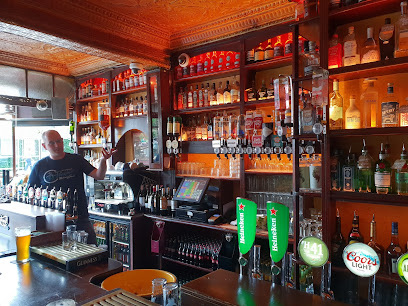
The Dáil Bar
Discover the vibrant flavors and cozy atmosphere of The Dáil Bar, Galway's premier gastropub for authentic Irish dining.
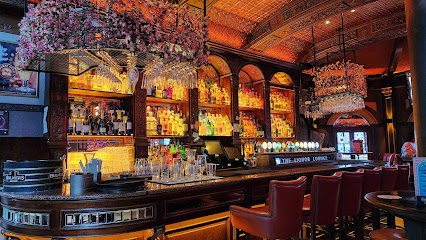
Tig Cóilí
Experience the vibrant atmosphere and authentic Irish culture at Tig Cóilí, Galway's premier pub and live music venue.
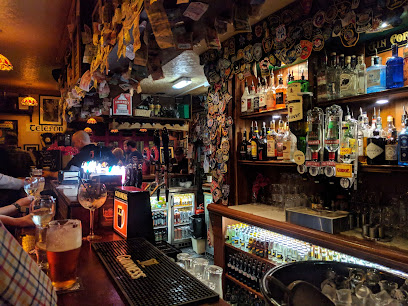
Taaffes Bar
Discover the heart of Galway at Taaffes Bar, a traditional Irish pub offering delicious food, lively music, and a welcoming atmosphere.
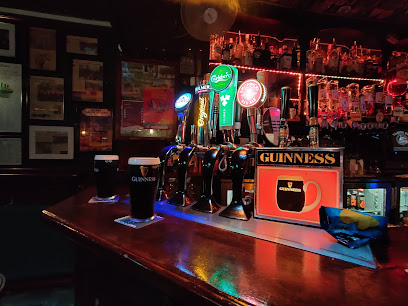
Tigh Neachtain
Experience the heart of Galway at Tigh Neachtain, a quintessential Irish pub with local brews, hearty food, and live music.
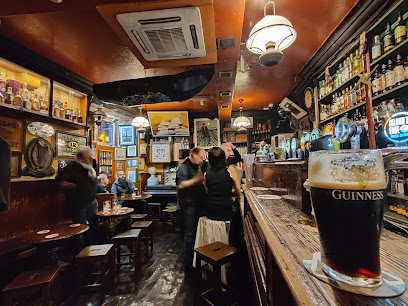
M.Fitzgerald's Bar
Discover the heart of Galway at M.Fitzgerald's Bar, where live music, traditional dishes, and a vibrant atmosphere await.
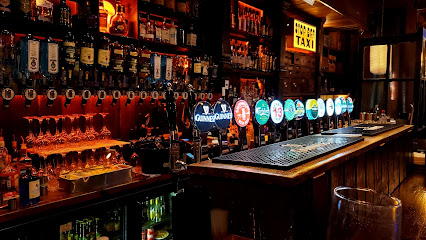
Seven Bridgestreet
Experience the vibrant atmosphere of Seven Bridgestreet in Galway, where delightful cocktails meet unforgettable live music and culinary excellence.
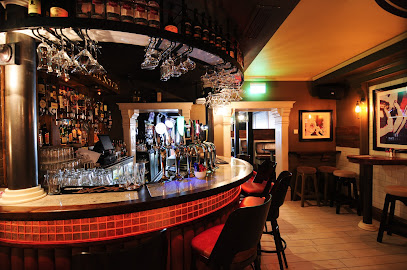
The Oslo Bar
Experience the heart of Galway at The Oslo Bar, where craft beers and local culture come together in a vibrant atmosphere.
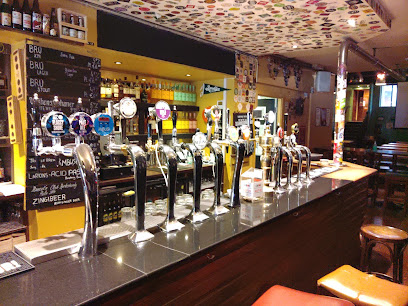
The Crane Bar
Experience the heart of Irish culture at The Crane Bar in Galway - live music, warm atmosphere, and a wide selection of drinks await you.
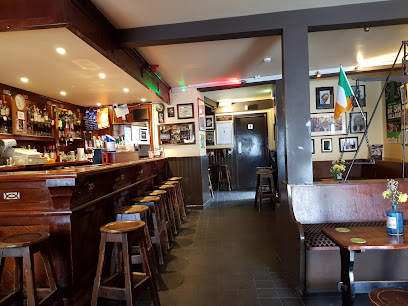
Busker Brownes
Discover Busker Brownes, Galway's premier gastropub, where culinary delights meet a vibrant pub atmosphere, perfect for every traveler.
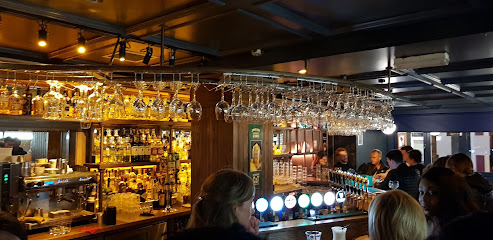
Hyde Bar Galway
Discover the lively ambiance and delicious offerings at Hyde Bar Galway, where modern style meets traditional Irish hospitality.
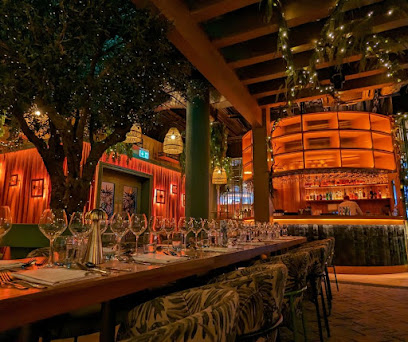
Travel experiences inspired by this city
Explore more travel diariesLocal Phrases
-
- HelloDia dhuit
[dee-ah gwitch] - GoodbyeSlán
[slawn] - YesTá
[taw] - NoNíl
[neel] - Please/You're welcomeLe do thoil
[leh duh hull] - Thank youGo raibh maith agat
[guh row ma agut] - Excuse me/SorryMaith thú
[mah hoo] - How are you?Conas atá tú?
[kun-us a-taw too] - Fine. And you?Tá mé go maith. Agus tú?
[taw may guh mah. ag-us too] - Do you speak English?An bhfuil Béarla agat?
[un will bayr-la agut] - I don't understandNí thuigim
[nee hug-im]
- HelloDia dhuit
-
- I'd like to see the menu, pleaseBa mhaith liom an mianú
[ba wah lyum on mee-noo] - I don't eat meatNí ithim feoil
[nee ih-him foh-il] - Cheers!Sláinte!
[slawn-cha] - I would like to pay, pleaseBa mhaith liom íoc, le do thoil
[ba wah lyum eek, leh duh hull]
- I'd like to see the menu, pleaseBa mhaith liom an mianú
-
- Help!Cabhraigh!
[ka-vray] - Go away!Imigh uaim!
[im-ee oam] - Call the Police!Glan an Gárda!
[glahn un gar-da] - Call a doctor!Glan dochtúir!
[glahn dook-too-ir] - I'm lostTá mé caillte
[taw may kyle-cha] - I'm illTá mé tinn
[taw may chin]
- Help!Cabhraigh!
-
- I'd like to buy...Ba mhaith liom ceannach...
[ba wah lyum kyen-ukh] - I'm just lookingNíl ach ag breathnú
[neel okh eg vrah-noo] - How much is it?Cé mhéad atá air?
[kay vayd a-taw air] - That's too expensiveTá sé ró-dhaor
[taw shay row-gheer] - Can you lower the price?An féidir leat an praghas a ísliú?
[un fay-dur lat an proh-us a eesh-loo]
- I'd like to buy...Ba mhaith liom ceannach...
-
- What time is it?Cén t-am é?
[kayn tahm ay] - It's one o'clockTá sé a haon a chlog
[taw shay a hayn a khlog] - Half past (10)Leathuair tar éis a deich
[lah-hoo-ir tar es a dekh] - MorningMaidin
[maw-din] - AfternoonTráthnóna
[traw-noh-na] - EveningTráthnóna
[traw-noh-na] - YesterdayInné
[in-ay] - TodayInniu
[in-yoo] - TomorrowAmárach
[ah-maw-rah] - 1A haon
[a hayn] - 2Dó
[doh] - 3Trí
[tree] - 4Ceathair
[ka-hir] - 5Cúig
[koo-ig] - 6Sé
[shay] - 7Seacht
[shakht] - 8Ocht
[ukht] - 9Naoi
[nee] - 10Deich
[dekh]
- What time is it?Cén t-am é?
-
- Where's a/the...?Cá bhfuil an...?
[kaw will un] - What's the address?Cad é an seoladh?
[kad ay un shoh-lah] - Can you show me (on the map)?An féidir leat é a thaispeáint (ar an léarscáil)?
[un fay-dur lat ay a ha-shpaynt (ar un layr-skawl)] - When's the next (bus)?Cathain atá an chéad cheann eile (bus)?
[ka-hin a-taw un khayd kyan el-eh (bus)] - A ticket (to ....)Ticéad (go dtí ....)
[tick-ayd (guh dee)]
- Where's a/the...?Cá bhfuil an...?
History of Galway
-
Galway's origins date back to a small fishing village at the mouth of the River Corrib. The name 'Galway' is derived from the Irish word 'Gaillimh', which means 'stony', a reference to the river's rocky bed. The initial settlement grew during the early medieval period around a fort built by the King of Connacht.
-
In 1232, the Normans, under the leadership of Richard de Burgo, captured Galway. The town was fortified with walls to protect against local Irish clans, and it began to develop as a Norman stronghold. This period marked the establishment of Galway as a key trading port.
-
During the 14th century, fourteen merchant families, known as the 'Tribes of Galway', rose to prominence. These families controlled the trade and politics of the town. Their legacy is still visible today in the form of medieval buildings and walls that grace Galway's historic center.
-
Galway's strategic location and bustling port led to a close relationship with Spain during the 16th century. The city traded extensively with Spanish merchants, leading to a distinctive Spanish influence on Galway's architecture and culture. The Spanish Arch, a remnant of the town's medieval walls, stands as a testament to this era.
-
The Irish Confederate Wars brought turmoil to Galway in the mid-17th century. In 1652, after a prolonged siege, the city surrendered to Oliver Cromwell's forces. The aftermath saw the confiscation of property from Catholic merchants, significantly altering the town's socio-economic landscape.
-
Galway, like much of Ireland, was profoundly affected by the Great Famine of the mid-19th century. The city's population declined dramatically due to starvation and emigration. Many historical sites, such as the Famine Memorial, serve as poignant reminders of this tragic period.
-
The late 20th and early 21st centuries have seen a remarkable cultural renaissance in Galway. The city has become a vibrant hub for arts, music, and literature. Festivals such as the Galway Arts Festival and the Galway International Oyster Festival attract visitors from around the world, celebrating the city's rich cultural heritage.
-
Today, Galway is a bustling, cosmopolitan city known for its lively atmosphere and welcoming spirit. The blend of historical landmarks, such as Lynch's Castle and St. Nicholas' Collegiate Church, with contemporary attractions, reflects the city's ability to honor its past while embracing the future.
Galway Essentials
-
Galway, located on the west coast of Ireland, is accessible by various modes of transportation. The nearest international airports are Shannon Airport (approximately 85 kilometers away) and Dublin Airport (approximately 210 kilometers away). From Shannon, you can take a bus or rent a car, with the journey taking around 1.5 hours by road. From Dublin, you can either drive (around 2.5 hours) or take a direct train from Dublin Heuston Station to Galway, which takes about 2.5 hours.
-
Galway is well-served by public transport, including buses and taxis. The city is relatively compact, and many attractions are within walking distance. For longer journeys, Bus Éireann operates an extensive network of routes within the city and to nearby towns and villages. Taxis are readily available, and ride-sharing services such as Uber may also be an option. For those looking to explore the countryside, renting a car can be a convenient choice.
-
The official currency in Ireland is the Euro (EUR). Credit and debit cards are widely accepted in hotels, restaurants, and shops. However, it is advisable to carry some cash for smaller establishments and markets. ATMs are abundant in Galway, and most of them accept international cards. Contactless payment methods like Apple Pay and Google Pay are also commonly used.
-
Galway is generally a safe city for tourists. However, as with any travel destination, it is important to take standard safety precautions. Avoid isolated areas at night and be cautious in crowded places to protect your belongings. Areas like Eyre Square can get busy, especially during festivals, so always stay alert. There are no specific high-crime neighborhoods targeting tourists, but it's always best to stay vigilant.
-
In case of an emergency, dial 112 or 999 for immediate assistance. Galway has several medical facilities, including University Hospital Galway for serious medical issues. Pharmacies are widely available for minor health concerns. It is recommended to have travel insurance that covers medical emergencies. The local police, known as Gardaí, are approachable and can assist with any safety concerns.
-
Fashion: Do dress in layers, as the weather can be unpredictable. Casual and comfortable attire is generally acceptable. Religion: Do respect local customs and traditions, especially when visiting religious sites. Public Transport: Do have exact change for bus fares. Don’t be loud or disruptive on public transport. Greetings: Do greet people with a friendly 'hello' or 'hi'. A handshake is also common. Eating & Drinking: Do try local dishes like seafood chowder and Irish stew. Don’t forget to enjoy a pint of Guinness or a glass of whiskey, but drink responsibly.
-
To experience Galway like a local, visit the Galway Market near St. Nicholas' Church, especially on weekends, where you can find fresh produce and crafts. Take a stroll along the Salthill Promenade and kick the wall at the end, a local tradition. Engage with locals in traditional pubs where you can enjoy live Irish music. Don’t miss the Galway International Arts Festival if your visit coincides with it, as it offers a range of cultural events and performances.
Trending Landmark in Galway
-
Eyre Square
-
Spanish Arch
-
Galway Cathedral
-
Galway City Museum
-
Great Escape Rooms
-
Lally Tours - Day Tours, City Tours and Extended Tours along the West Coast of Ireland
-
The Latin Quarter
-
Aughnanure Castle
-
Menlo Castle
-
Tribes Tours Galway - Free Walking Tour & Pub Crawl
-
Galway Tour Company
-
Saint Nicholas' Collegiate Church
-
Corrib Princess
-
ZhivagoGifts.ie
-
Galway Market
Nearby Cities to Galway
-
Things To Do in Salthill
-
Things To Do in Ennis
-
Things To Do in Westport
-
Things To Do in Limerick
-
Things To Do in Athlone
-
Things To Do in Sligo
-
Things To Do in Tralee
-
Things To Do in Killarney
-
Things To Do in Kilkenny
-
Things To Do in Dingle
-
Things To Do in Cork
-
Things To Do in Waterford
-
Things To Do in Kinsale
-
Things To Do in Drogheda
-
Things To Do in Dublin


